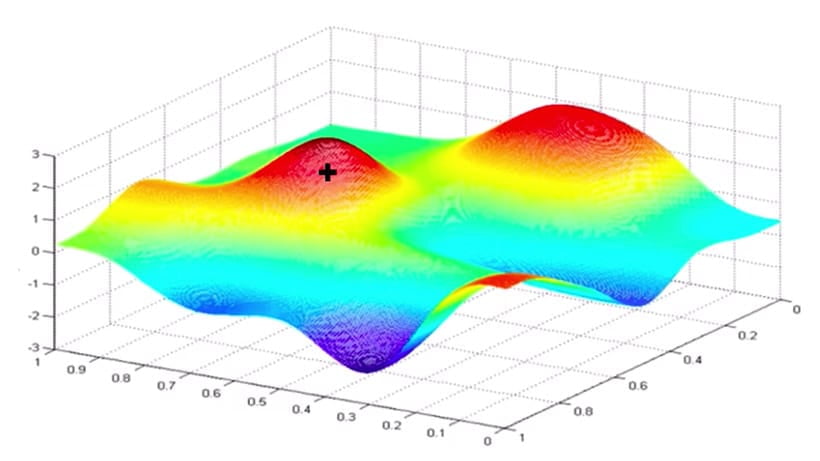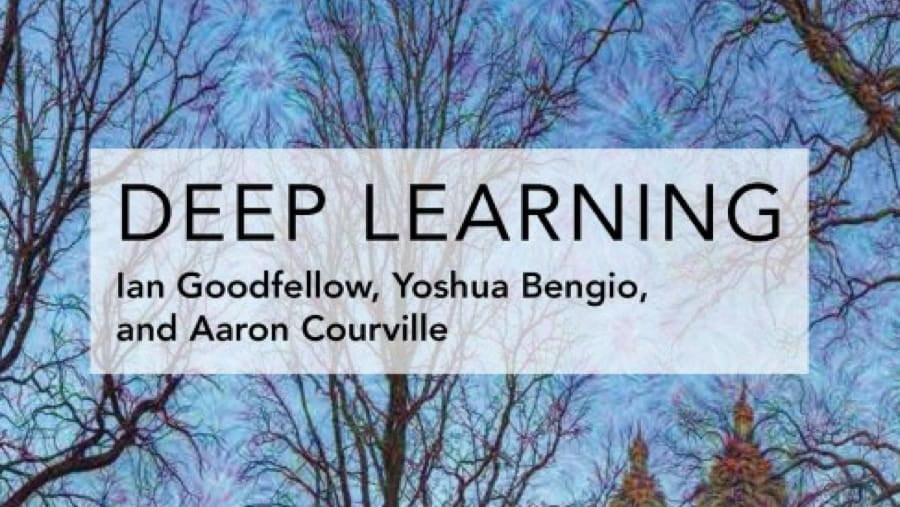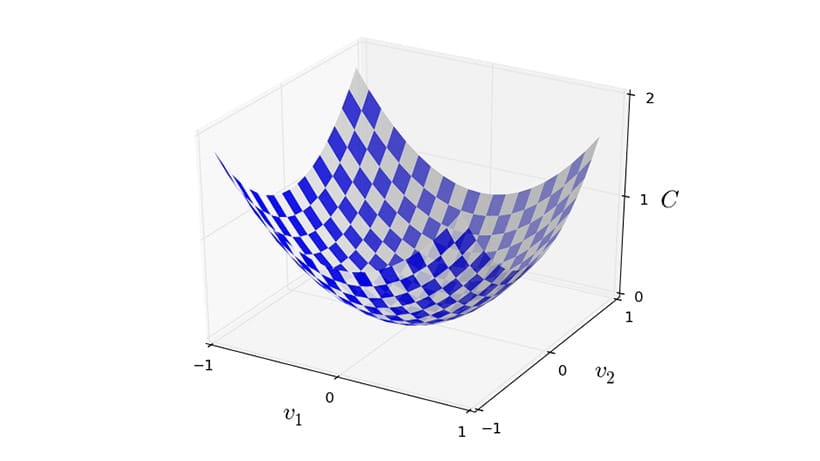Теоретическое и продвинутое машинное обучение с TensorFlow
Прежде чем приступить к изучению приведенных ниже учебных материалов, обязательно:
Пройдите нашу учебную программу «Основы машинного обучения с помощью TensorFlow» или получите эквивалентные знания.
Иметь опыт разработки программного обеспечения, особенно на Python.
Эта учебная программа является отправной точкой для людей, которые хотят:
Улучшить понимание ML
Начните понимать и реализовывать документы с помощью TensorFlow.
Прежде чем продолжить, у вас уже должны быть базовые знания о том, как работает машинное обучение, или вы прошли учебные материалы в учебной программе для начинающих «Основы машинного обучения с TensorFlow» . Приведенный ниже контент предназначен для ознакомления учащихся с более теоретическими и продвинутыми материалами по машинному обучению. Вы увидите, что многие ресурсы используют TensorFlow, однако знания можно перенести в другие платформы машинного обучения.
Чтобы лучше понять ML, вам необходим опыт программирования на Python, а также знания в области исчисления, линейной алгебры, теории вероятности и статистики. Чтобы помочь вам углубить свои знания в области машинного обучения, мы перечислили ряд рекомендуемых ресурсов и курсов университетов, а также пару учебников.
Шаг 1. Освежите понимание математических концепций.
ML — это тяжелая математическая дисциплина. Если вы планируете изменять модели машинного обучения или создавать новые с нуля, важно знать основные математические концепции. Вам не обязательно заранее изучать всю математику, вместо этого вы можете искать понятия, с которыми вы незнакомы, по мере того, как вы с ними сталкиваетесь. Если вы давно не посещали курс математики, попробуйте посмотреть плейлисты « Сущность линейной алгебры» и «Сущность исчисления» от 3blue1brown, чтобы освежить знания. Мы рекомендуем вам продолжить обучение в университете или посмотреть лекции в открытом доступе Массачусетского технологического института, такие как линейная алгебра или исчисление с одной переменной .
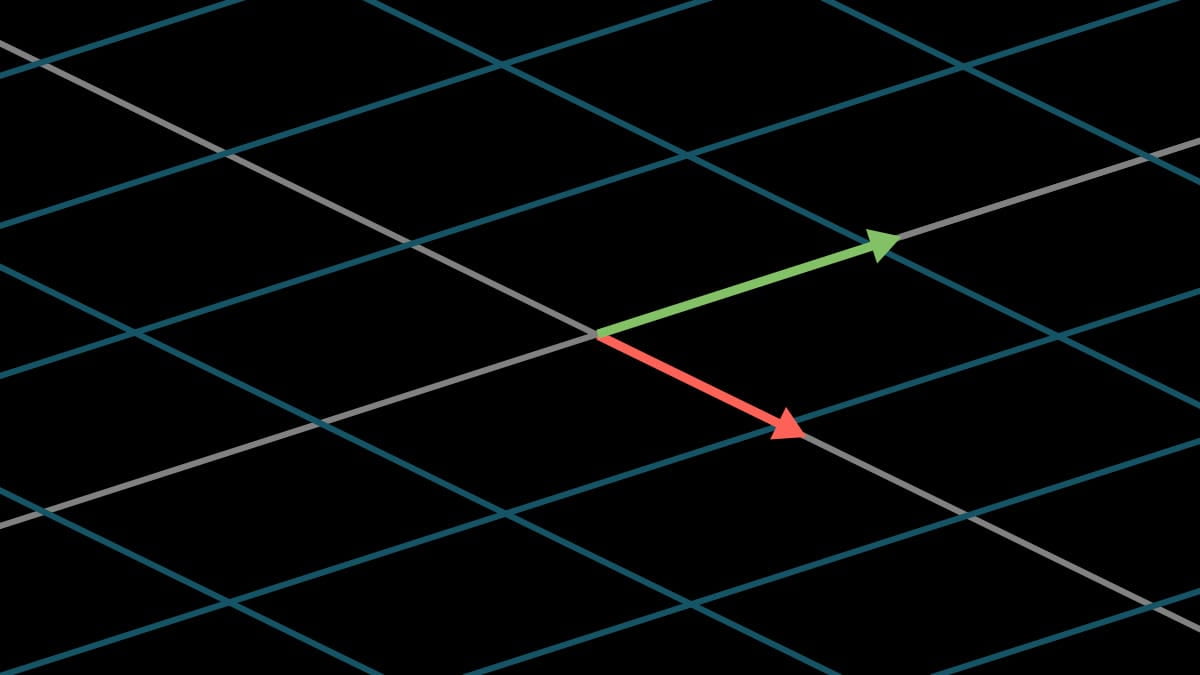
Серия коротких наглядных видеороликов от 3blue1brown, которые объясняют геометрическое понимание матриц, определителей, собственных чисел и многого другого.
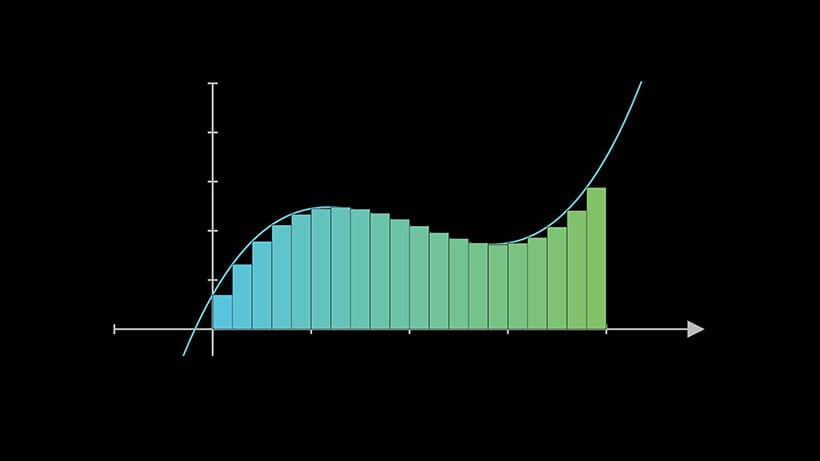
Серия коротких наглядных видеороликов от 3blue1brown, которые объясняют основы исчисления таким образом, чтобы дать вам четкое представление о фундаментальных теоремах, а не только о том, как работают уравнения.

Этот вводный курс Массачусетского технологического института охватывает теорию матриц и линейную алгебру. Особое внимание уделяется темам, которые будут полезны в других дисциплинах, включая системы уравнений, векторные пространства, определители, собственные значения, подобие и положительно определенные матрицы.
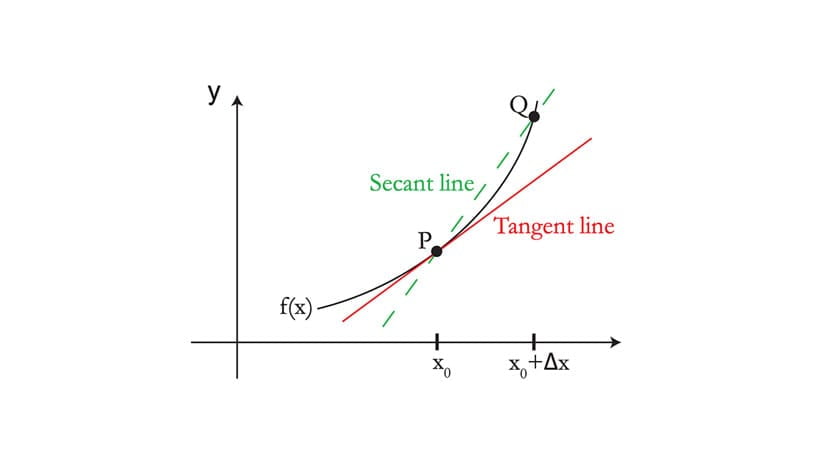
Этот вводный курс математического анализа от Массачусетского технологического института охватывает дифференцирование и интегрирование функций одной переменной с приложениями.


